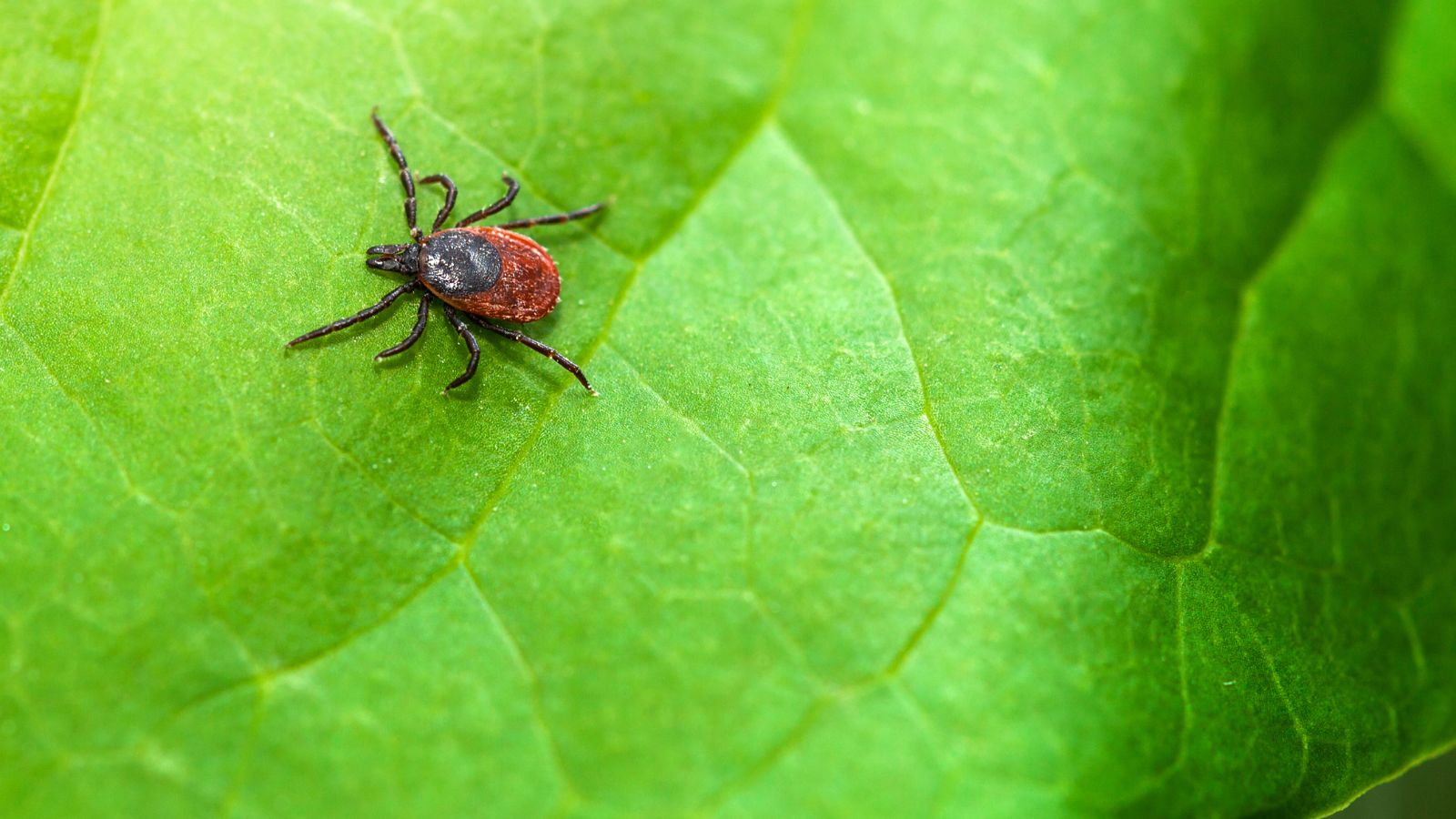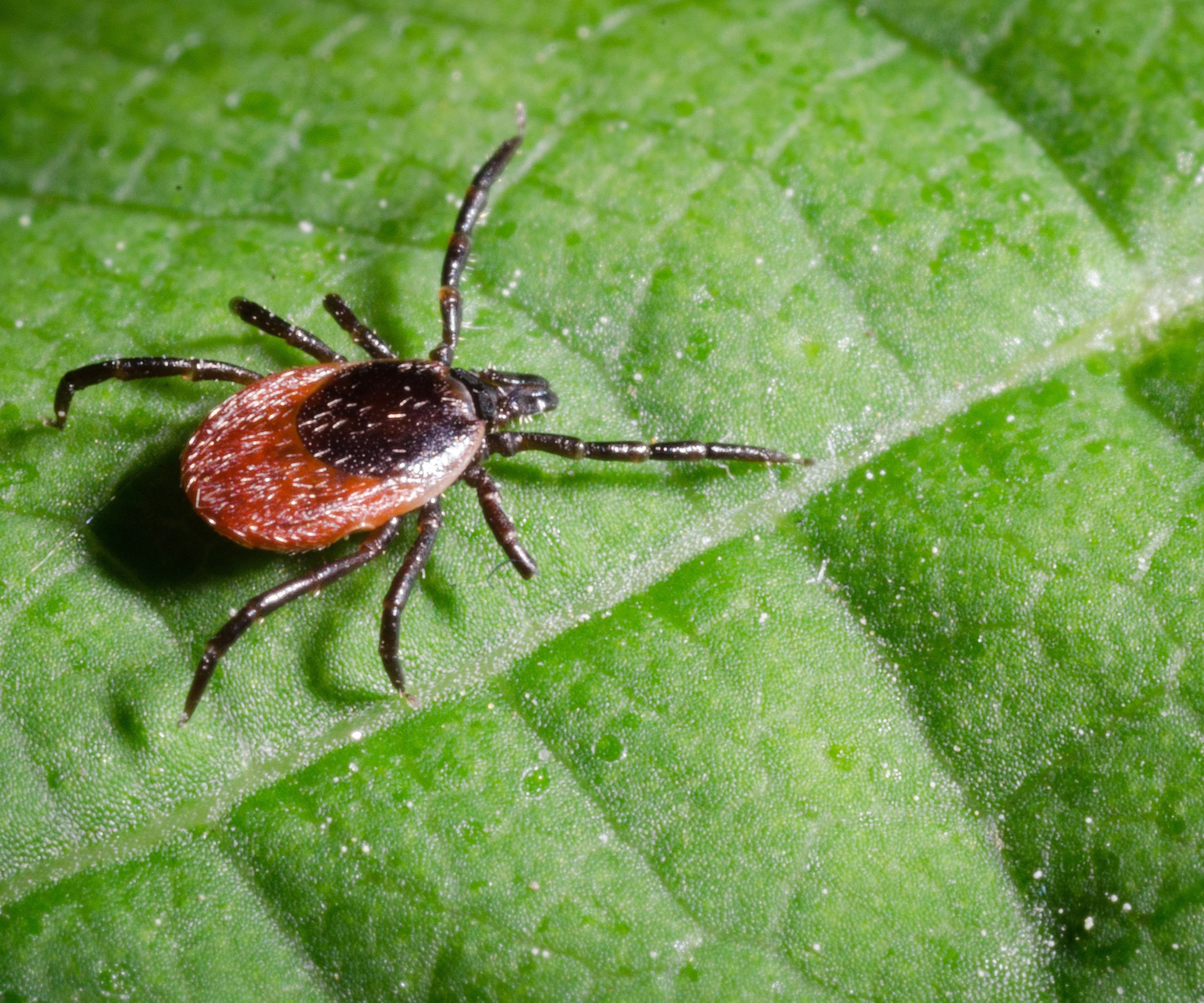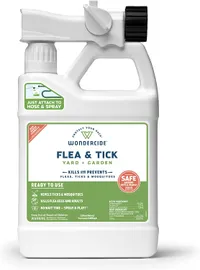Why are there ticks in my yard? 4 reasons these pests are on your property
And how to prevent them in future


Ticks are troublesome at best, and if you have spotted them in your yard you may be wondering why they chose your turf to settle down.
While you can study all the best ways to kill ticks in your yard, prevention is always better than a cure, so understanding what attracts them is essential to keeping your family and pets safe from these scary suckers.
Here, pest control experts explain why you have ticks in your yard, and what you can do to deter them.
Why you have ticks in your yard
Like any outdoor pest, ticks will be drawn into your yard for several reasons, whether that be food, water, or shelter. As a result, it is about managing these conditions to encourage them to settle elsewhere and leave you alone.

1. They have been carried in by a wild animal
Ticks, much like other garden pests, are carried in by wild animals who travel through your yard, most commonly rabbits, dear, rats, mice, bats, groundhogs, raccoons, opossums, and birds, explains Craig Sansig, pest control expert and service director at Viking Pest Control.
‘By reducing the amount of wildlife around the home, you can reduce tick pressure considerably,’ he advises. ‘Feeding wildlife should be discouraged and fencing can be used to deter wildlife entry in the first place.’
Craig also suggests planting some deer-resistant plants to discourage these animals, and containing your trash bins to stop nightlife like raccoons and rats. Always try to remain humane in your deterrents when it comes to mammals, he adds: ‘if there is any question on what you should use, speak to a veterinarian or pet care professional first.’
Design expertise in your inbox – from inspiring decorating ideas and beautiful celebrity homes to practical gardening advice and shopping round-ups.
2. They have found a good food source
It is no secret that ticks, unlike other bugs, require blood to survive, so if they are hanging around in large populations they have likely found a plentiful food source. The worse news is that you likely have plenty of small rodents thriving in your yard and it may be time to look into how to get rid of rats to reduce your tick population.
Emma Grace Crumbley, certified entomologist with Mosquito Squad suggests checking under your deck, in sheds, and in wood piles for evidence of animals to assess where treatment may be needed for these types of pests. Removing food access will encourage the ticks to move elsewhere.
3. They have migrated from a neighbor's yard
It is worth noting that the main problem may lie with a neighbor's yard as opposed to your own, and that the ticks could be migrating in search of food, points out Diana Cox, gardening expert and owner of The Gardening Talk. It may be a good idea to chat with your neighbor about the issue and work collaboratively to help defeat the tiny pests. Alternatively, you can build some prevention strategies into your yard to keep them on the other side of the fence.
‘Ticks do not have wings, so their methods of traveling are limited to climbing up vegetation, hitching a ride on humans and animals, or traversing along the ground. Creating a mulch or gravel barrier between your yard and the environment where ticks thrive are great ways to avoid ticks from crossing into your yard,’ explains Emma Grace Crumbley, certified entomologist.
‘They tend to avoid paths, mulch, or gravel, as crossing these areas exposes them to sun for long periods of time, which may lead to drying out and death for the tick. The rough textures of mulching, gravel gardens, and rocks discourage ticks from crossing.’

Diana started her website as a way to help others who are new to the world of gardening and plant care. She has been growing plants since she was a little girl, and started to document her experience in gardening a few years ago.
4. Your yard offers them fertile breeding grounds
Much like getting rid of ants, or getting rid of fleas, one of the main reasons ticks will enter your yard is in search of good breeding grounds to continue their populations. As a core drive for pests, getting rid of these ideal breeding conditions is a great way to prevent them in the first place. For ticks, this means getting rid of any long gasses, shady spots, and leaves piles, says Craig Sansig, pest control expert.
‘By removing leaf litter and cleaning up debris you can create a habitat that is less conducive to supporting tick populations, as well as other pest species. Wood piles should also be placed away from structures as they provide harborage for ticks as well as the rodents they feed upon.'
Wonderside Pesticide | $37.99 at Amazon
This targeted pesticide is safe for most garden plants, and is safe for use around people and pets, making it a great preventative spray for the most troublesome of outdoor pests including ticks and fleas.
FAQs
What smell do ticks hate?
Ticks are adverse to the smell of peppermint, so it is a good idea to spray diluted peppermint essential oils, or plant peppermint plants, if you are concerned about having ticks in your yard. You can also spray peppermint scents onto your clothing to deter ticks from latching on and biting you too, with some peppermint fragrances created specifically for spraying onto animals' coats to keep pets safe too.
What does a tick nest look like?
Ticks do not create nests, but lay their eggs in bunches in one spot. This can make identifying them difficult and eradicating them tricky. Instead, you will be looking for piles of eggs that look a little like caviar but smaller and reddish-black and slightly translucent in color.
It is important to remember that even after you have tried to make your yard inhospitable to ticks, the odd few may still linger, or be brought in by wild mammals and birds. As a result, you should always be cautious about having pets and children play in areas with high foliage and be on the lookout for signs of ticks returning.

Chiana has been at Homes & Gardens for two years and is our resident 'queen' of non-toxic living. She spends most of her time producing content for the Solved section of the website, helping readers get the most out of their homes through clever decluttering, cleaning, and tidying tips. She was named one of Fixr's top home improvement journalists in 2024.
